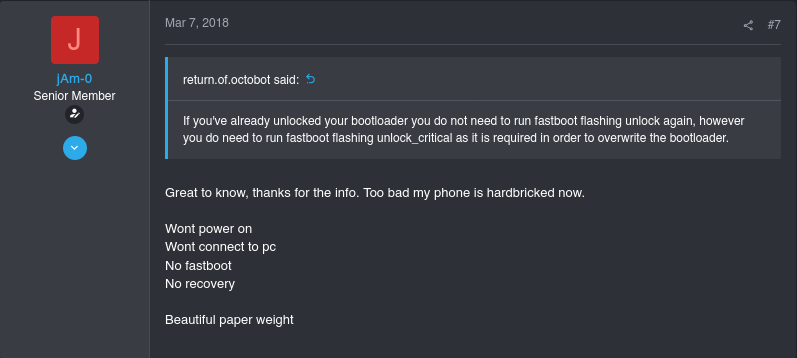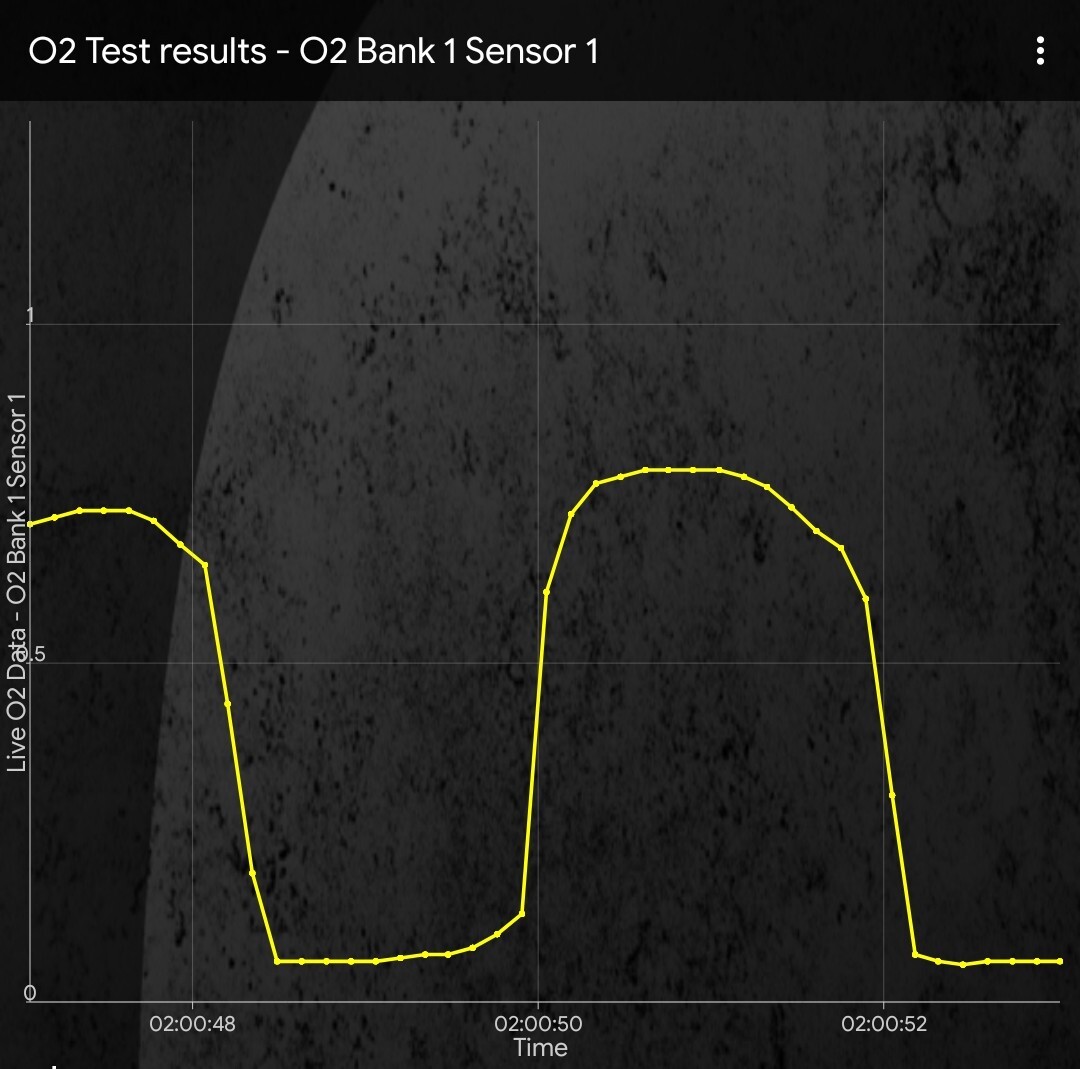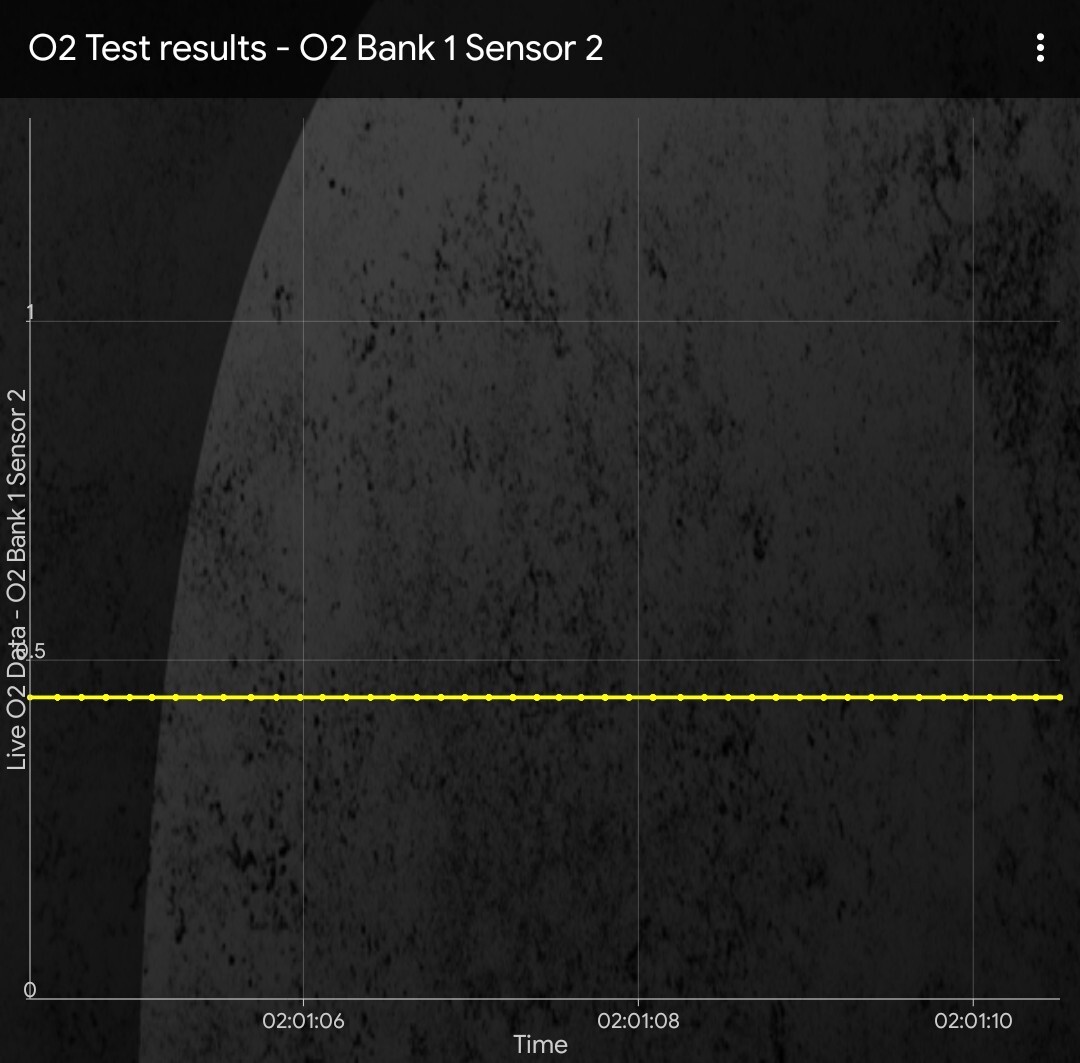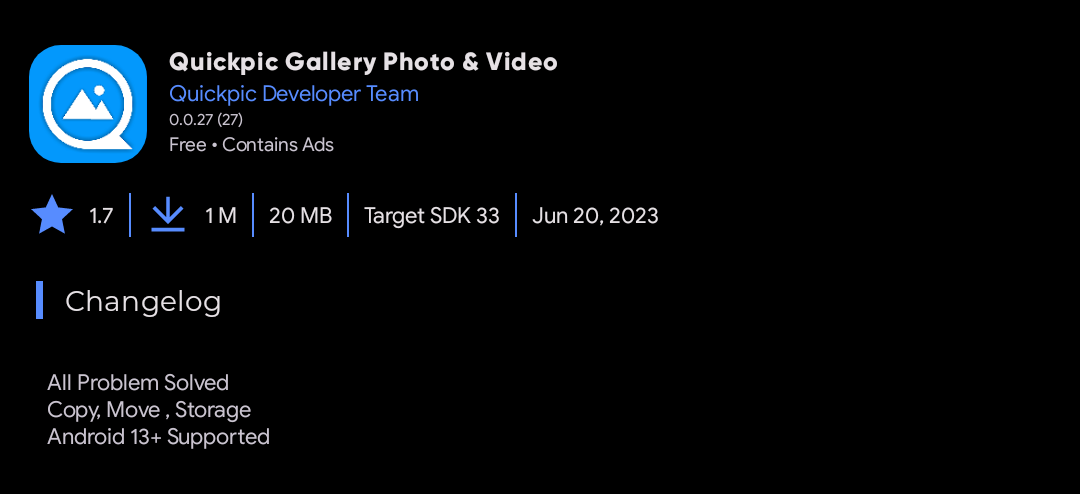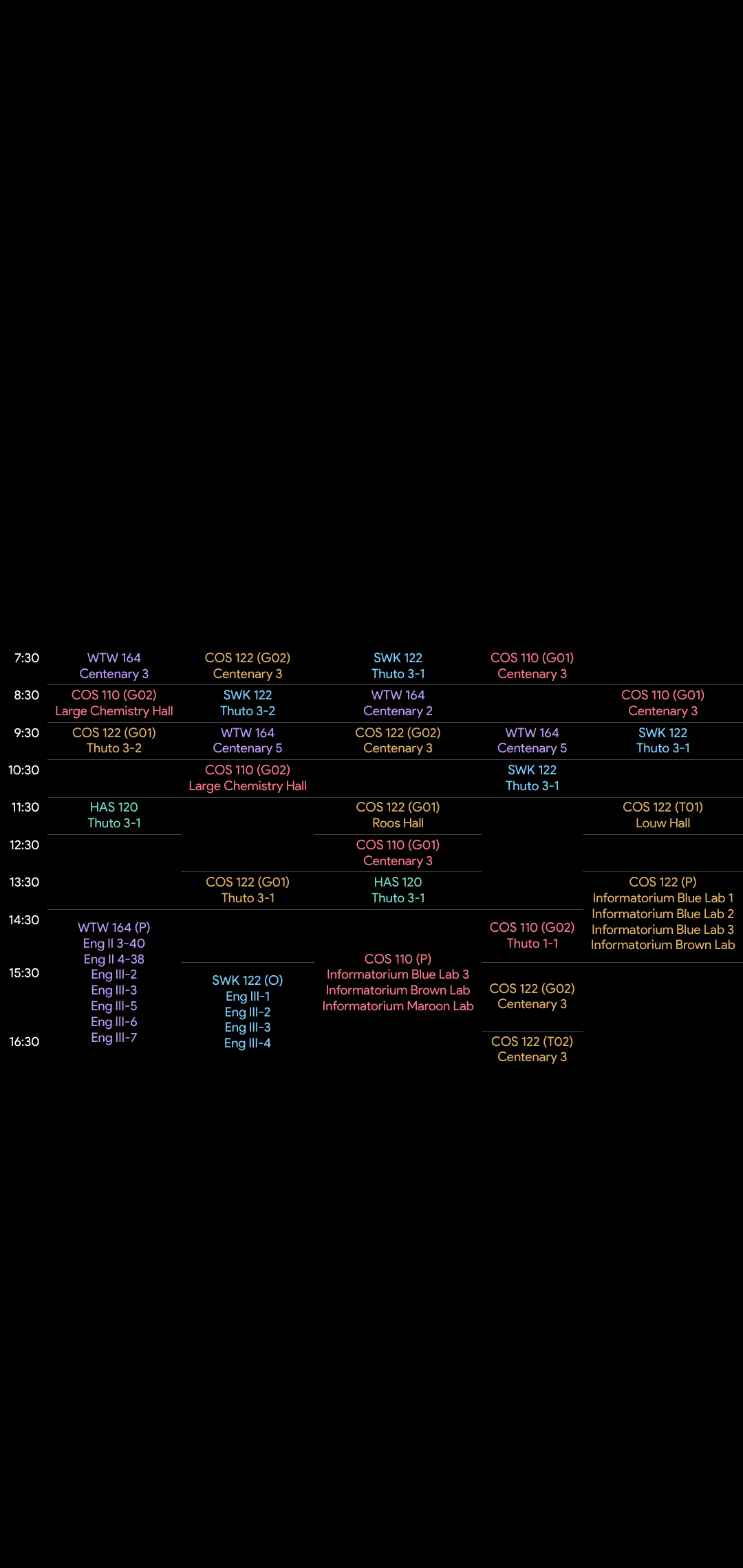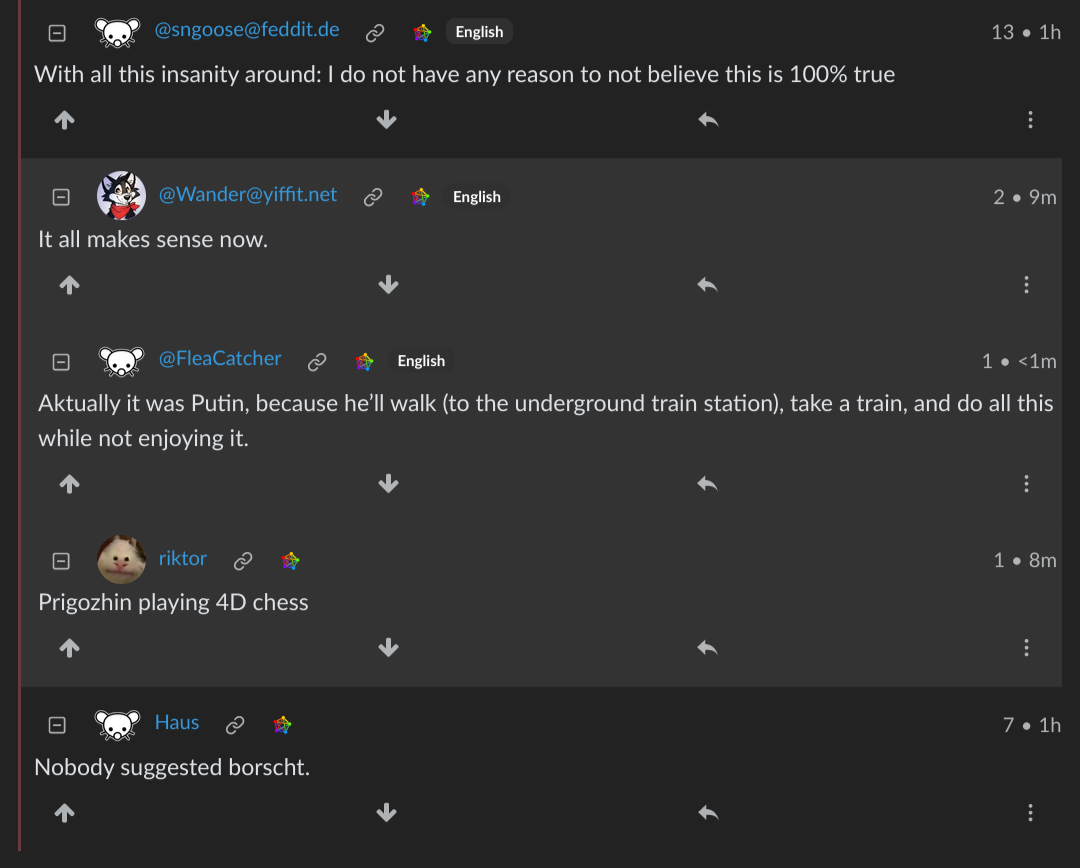may be derived from “George Stick”
This sounds like a joke
Here's your pile of money:
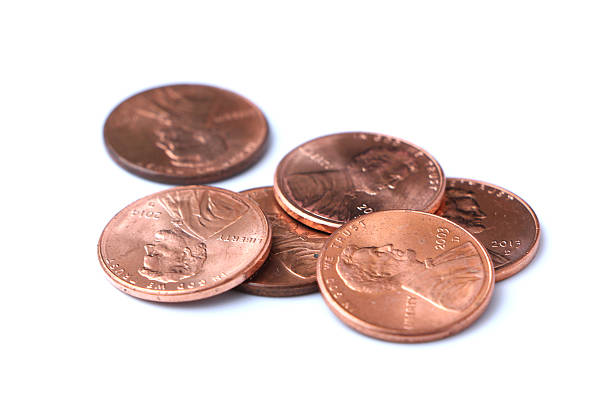
It has a checkmark, so it must be legit, right?
Bro spent negative 3 seconds looking for the right template
And report the email as spam on Gmail
If new hires are getting paid more than you, it's time to become one of them
Explanation:
In decimal (DEC), we count to 9 before adding a new digit. For example, the number after 9 is 10, and the number after 19 is 20.
In octal (OCT), we count to 7 before adding a new digit. The number after 7 is 10 and the number after 17 is 20.
| DEC | OCT |
|---|---|
| 0 | 0 |
| 1 | 1 |
| 2 | 2 |
| 3 | 3 |
| 4 | 4 |
| 5 | 5 |
| 6 | 6 |
| 7 | 7 |
| 8 | 10 |
| 9 | 11 |
| 10 | 12 |
| 11 | 13 |
| 12 | 14 |
| 13 | 15 |
| 14 | 16 |
| 15 | 17 |
| 16 | 20 |
| 17 | 21 |
| 18 | 22 |
| 19 | 23 |
| 20 | 24 |
| 21 | 25 |
| 22 | 26 |
| 23 | 27 |
| 24 | 30 |
| 25 | 31 |
There is just a general assumption that they’re smart enough not to waste their time with it and they have better things to do, like actual hobbies and friends/family to see.
Did you actually ask other people what they think, or are you projecting? Because this doesn’t represent me at all
The smile in frame 3 is really subtle
AMD's had some buggy drivers and misleading graphs, but they're overall infinitely more consumer-friendly than Nvidia





